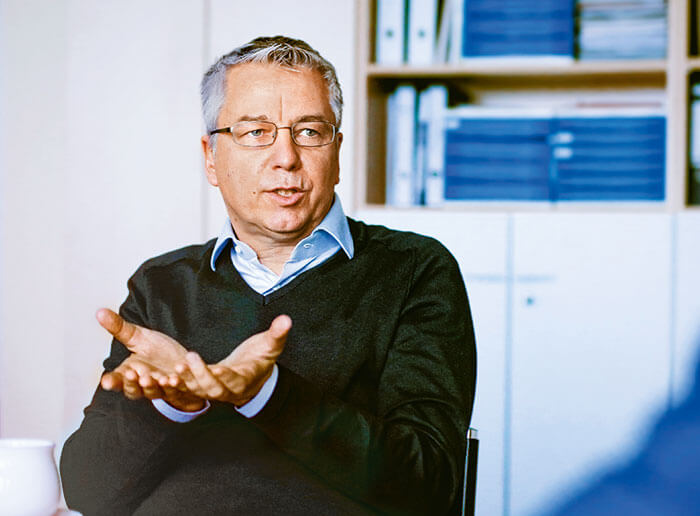
TEG generator
Heat Is Power
TEG-Generators transform waste heat into electricity. They used to be complex to make, but this is now changing.

Energy supply
The energy transition worldwide
Every country needs energy. A look at how other countries generate electricity.

Renewable sources of energy
How to Connect Sectors
In the future, heating, mobility, and electricity must be linked more closely together—with chemistry playing a key role.

Climate Change
More efficiency for climate protection
Despite many setbacks, an increase in energy efficiency is still the most viable way to limit the effects of global warming.
ELEMENTS Newsletter
Get fascinating insights into the research Evonik is conducting, and its social relevance, by subscribing to our free newsletter.

